
Two different kinds of fungus growing on decaying logs in Bird Park, Mount Lebanon.


Two different kinds of fungus growing on decaying logs in Bird Park, Mount Lebanon.


St. Paul of the Cross, founder of the Passionists, was an Italian, and the architect John T. Comès gave the Passionists on the Slopes a bit of Italy to live in.

A Passionist monastery is called a “retreat,” but the neighbors just call this one a monastery: the streets around it are Monastery Street, Monastery Place, and Monastery Avenue.




A later addition is in quite a different style.



There’s that name again: Charette, indicating to the initiated that something architecturally interesting is going on. A “charette,” as we mentioned when we visited Charette Way downtown, is architects’ slang for a session of intense work to meet a deadline, and the magazine of the Pittsburgh Architectural Club for many years was called The Charette.
Charette Place is a small one-street subdivision in Sewickley, Pennsylvania, developed by the firm of Ackley & Bradley in 1941. When it was new, the Pittsburgh Post-Gazette described it as “unique in that the plot is owned and the homes are planned, built and sold by the architects.”
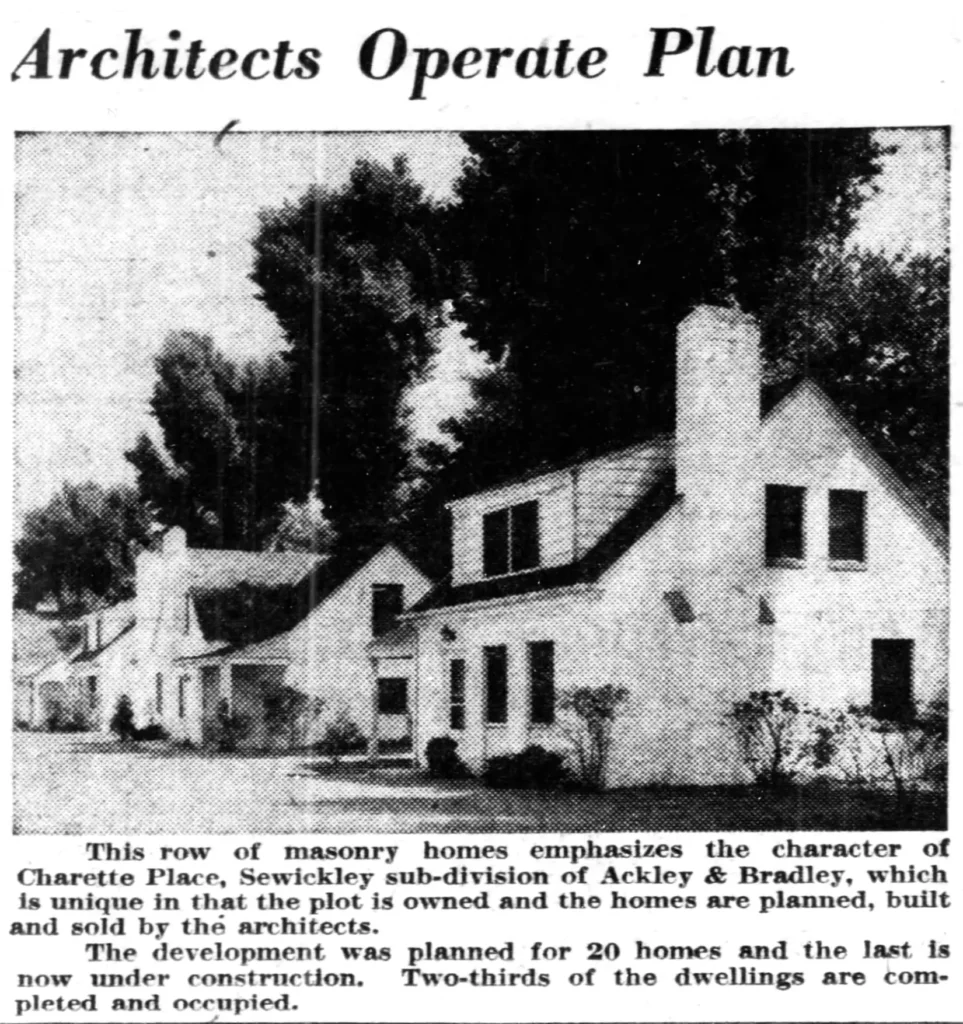
These are pleasant little houses, not towering works of genius. They do what they’re supposed to do: they make up a street of economical homes where each house is different, but all go together. Though most of them have gone through various alterations, the neighborhood keeps its unified character.


A simple but pleasingly proportioned telephone exchange that was almost certainly designed by Press C. Dowler, who got all the telephone company’s local business in the Art Deco era.



This little armory was built in 1938. The striking design, stripped-down Art Deco or lightly Decoized modern, was by Thomas Roy Hinckley, about whom old Pa Pitt knows only that he designed this building, the single work attributed to him at archINFORM. It is on the National Register of Historic Places.


Yesterday we published this picture of Robin Hill—

—with a bit of a story about how the picture was made. It was stitched together from three separate photographs, but trying to do it automatically flummoxed the stitching software and, as Father Pitt said at the time, “produced a comical monstrosity reminiscent of Frank Gehry.”
In a comment, Von Hindenburg writes,
I think that I speak for many of your readers when I say that I’d like to see the Gehryesque nightmare as an example of the process that you go through to share these images.
How many of those readers do share that desire will never really be known, but old Pa Pitt is always happy to oblige even one of them.
These were the three original photographs:
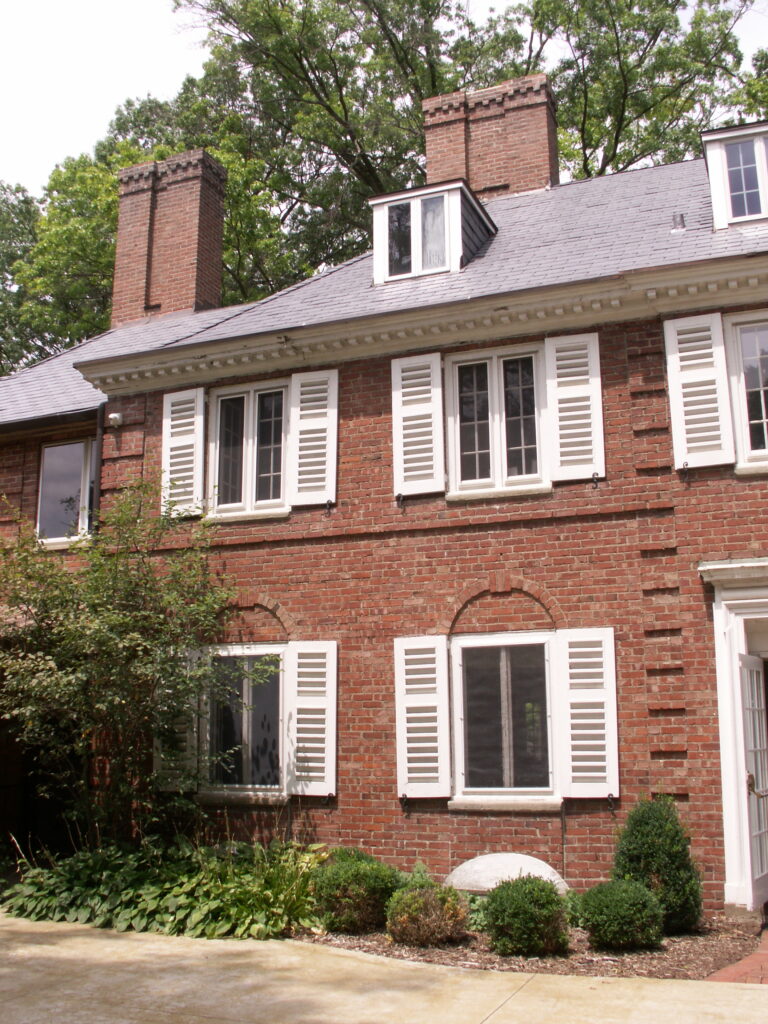
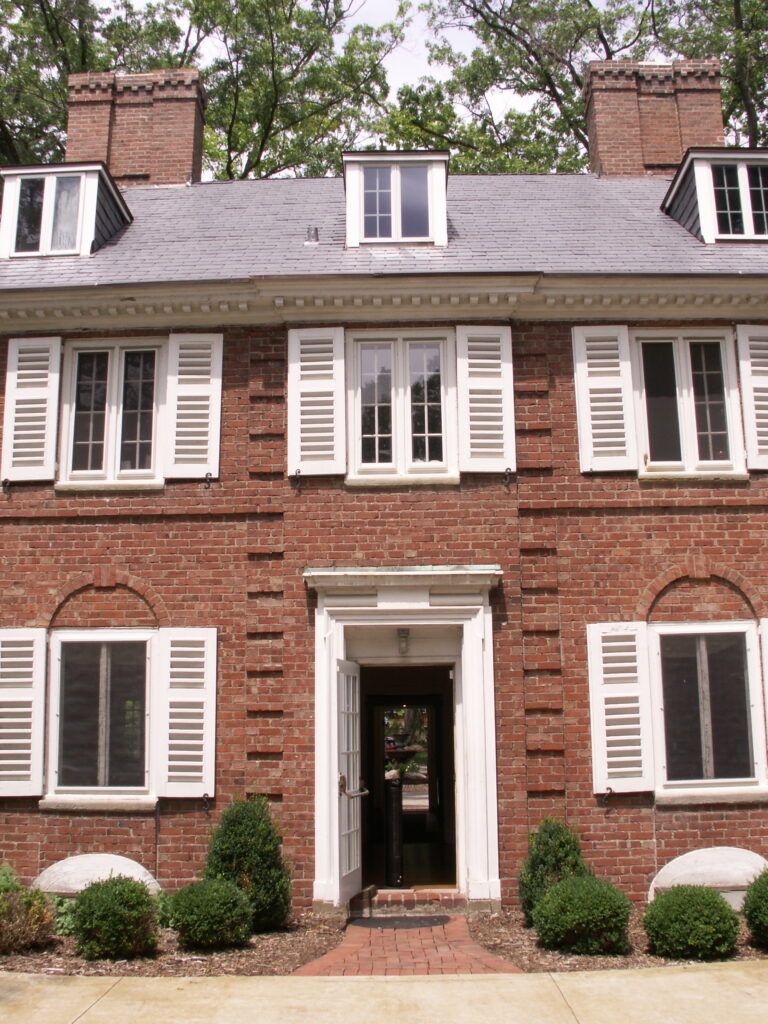
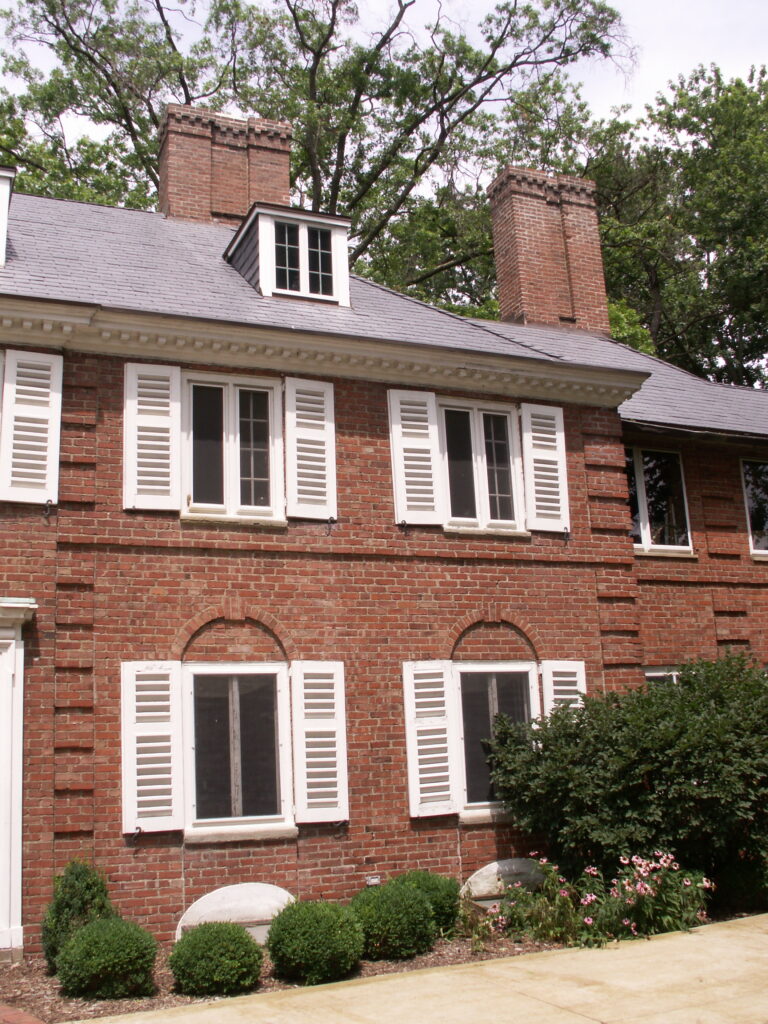
This is what the Hugin software—which is normally very good at its job—did with them:
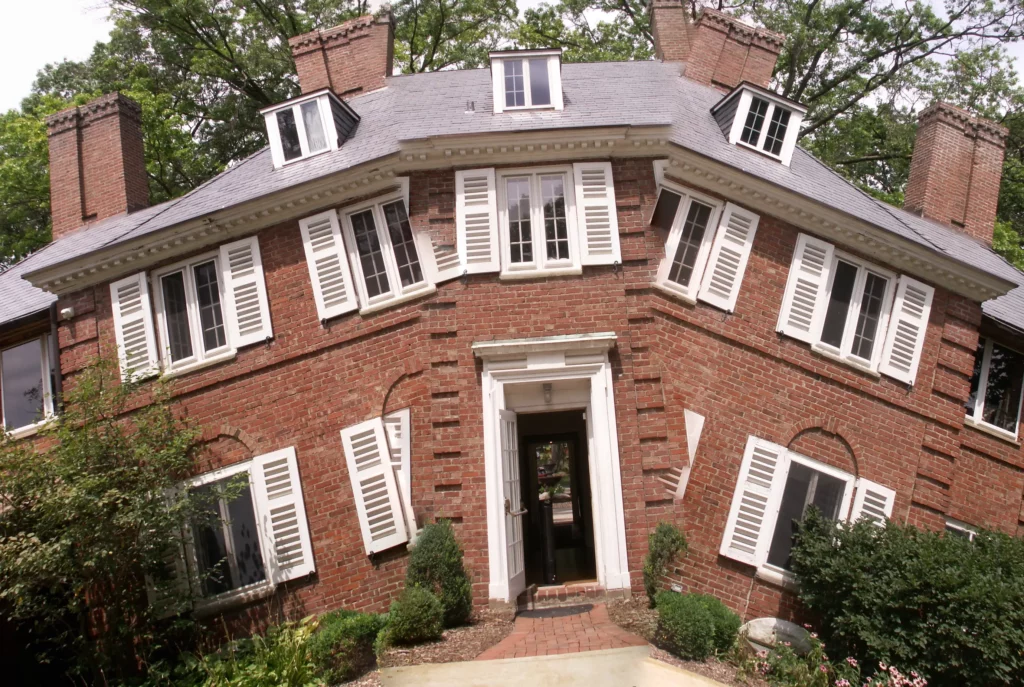
Father Pitt then tried the experiment of putting together only the left and center photographs, which worked perfectly. But trying to add that combined picture to the third one made a different but equally comical mess. The only thing to do was to put in the control points—points of identity between the pictures—by hand. Normally Father Pitt would just give up before doing that, but he was feeling stubborn, and he thought he might get a picture he liked.
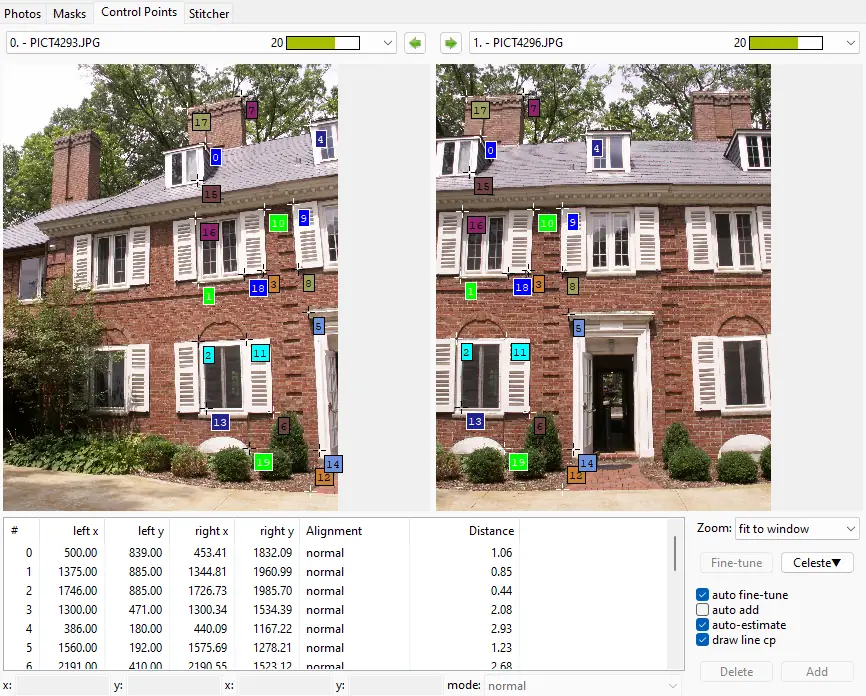
Now you know a little about how old Pa Pitt normally does otherwise impossibly wide-angled pictures of buildings. Usually it is a matter of pressing a couple of buttons and letting the machine do the work, then tweaking the results. Once in a while, though, it involves what almost feels like honest labor, which is against our usual principles, but may be indulged in on rare occasions.

Four houses at the southern end of the Uptown business district in Mount Lebanon. First is what we might call a center-hall foursquare—the basic foursquare design, but widened to place the reception hall in the center and add a library or second parlor to one side.




It is fairly unusual to find a brick-and-shingle house with the wood shingles still intact, even in a rich neighborhood. Here is one with its original roof, its original shingles, and either its original shutters or good replacements.

Here is a kind of Tudor or English Manor design with a very vertical idea of half-timbering.




Finally, a house of a later generation, probably the late 1920s. Father Pitt does not know the architect, but the second-floor oriel in a front-facing gable was a favorite device of Lamont Button.


Old Pa Pitt had intended to place this picture with the rest of the pictures of Robin Hill the other day, but his automatic stitching software failed him. He had been reasonably careful in taking the three photographs so that they would line up nearly perfectly, but the stitching software produced a comical monstrosity reminiscent of Frank Gehry. What went wrong? Only because Father Pitt was stubborn enough to edit the “control points” himself—“control points” being identical features marked in two pictures, so that the software knows how to align them properly—did he discover the problem. The parade of identical windows was too much for the program. The extreme symmetry caused it to identify this window as the same as that window, which caused the whole building to collapse in a heap.
So old Pa Pitt stubbornly picked out all the control points himself, and produced a nearly perfect rendering of the garden side of the mansion. Stubbornness is a character flaw, but it has its uses.